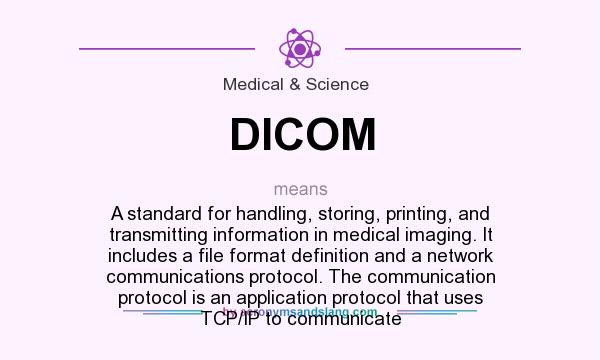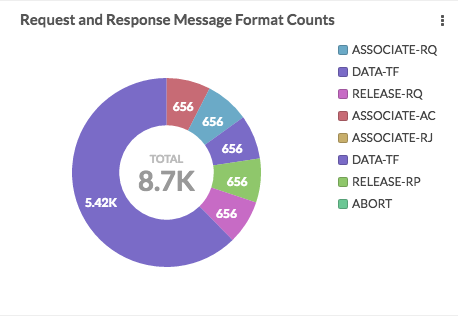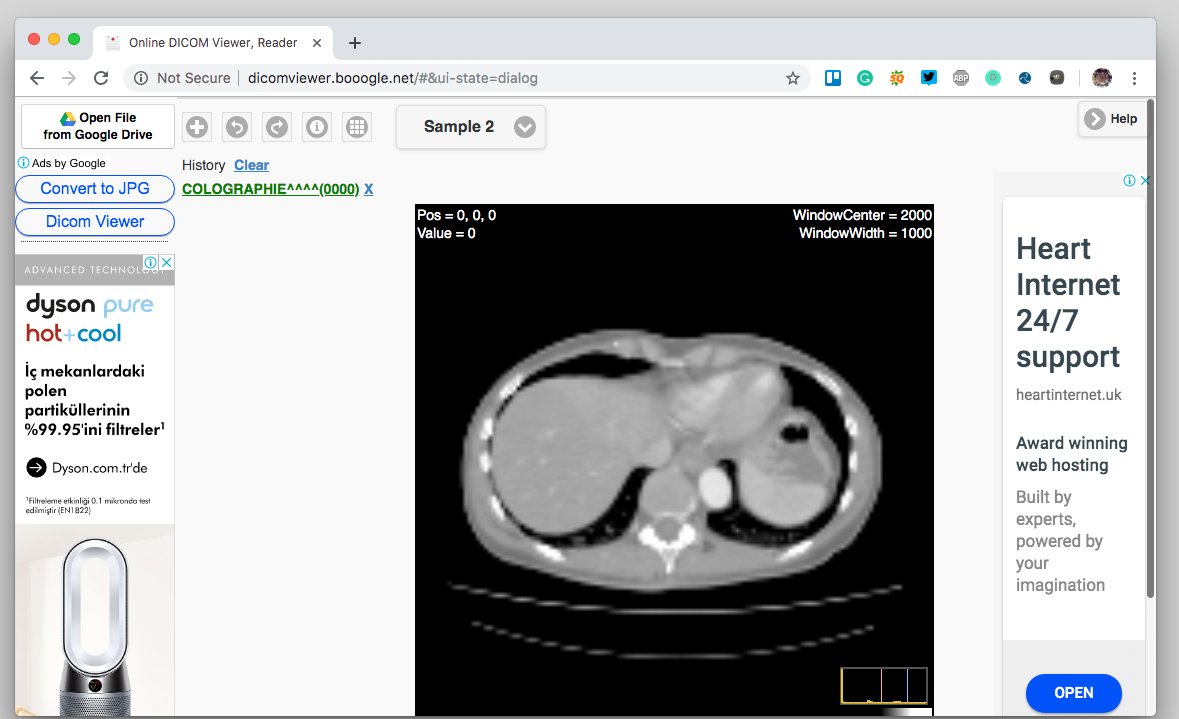

This version gained more acceptance among vendors. The text was vague and had internal contradictions. Very soon after its release, it became clear that improvements were needed.

Their first standard, ACR/NEMA 300, entitled "Digital Imaging and Communications", was released in 1985. ACR and NEMA joined forces and formed a standard committee in 1983. Radiologists and medical physicists wanted to use the images for dose-planning for radiation therapy. In the beginning of the 1980s, it was very difficult for anyone other than manufacturers of computed tomography or magnetic resonance imaging devices to decode the images that the machines generated. History įront page of ACR/NEMA 300, version 1.0, which was released in 1985ĭICOM is a standard developed by American College of Radiology (ACR) and National Electrical Manufacturers Association (NEMA). The DICOM standard is divided into related but independent parts.
Imagetype dicom portable#
DICOM includes protocols for image exchange (e.g., via portable media such as DVDs), image compression, 3-D visualization, image presentation, and results reporting. Radiological imaging: DICOM incorporates standards for imaging modalities such as radiography, ultrasonography, computed tomography (CT), magnetic resonance imaging (MRI), and radiation therapy. DICOM has been central to the development of modern

Imagetype dicom iso#
It is also known as NEMA standard PS3, and as ISO standard 12052:2017 "Health informatics – Digital imaging and communication in medicine (DICOM) including workflow and data management".ĭICOM is used worldwide to store, exchange, and transmit medical images. The National Electrical Manufacturers Association (NEMA) holds the copyright to the published standard which was developed by the DICOM Standards Committee, whose members are also partly members of NEMA. The standard includes a file format definition and a network communications protocol that uses TCP/IP to communicate between systems. The different devices come with DICOM Conformance Statements which state which DICOM classes they support. It has been widely adopted by hospitals and is making inroads into smaller applications such as dentists' and doctors' offices.ĭICOM files can be exchanged between two entities that are capable of receiving image and patient data in DICOM format. DICOM is most commonly used for storing and transmitting medical images enabling the integration of medical imaging devices such as scanners, servers, workstations, printers, network hardware, and picture archiving and communication systems (PACS) from multiple manufacturers. Open standard from the medical computer scienceĭigital Imaging and Communications in Medicine ( DICOM) is the standard for the communication and management of medical imaging information and related data.


 0 kommentar(er)
0 kommentar(er)
